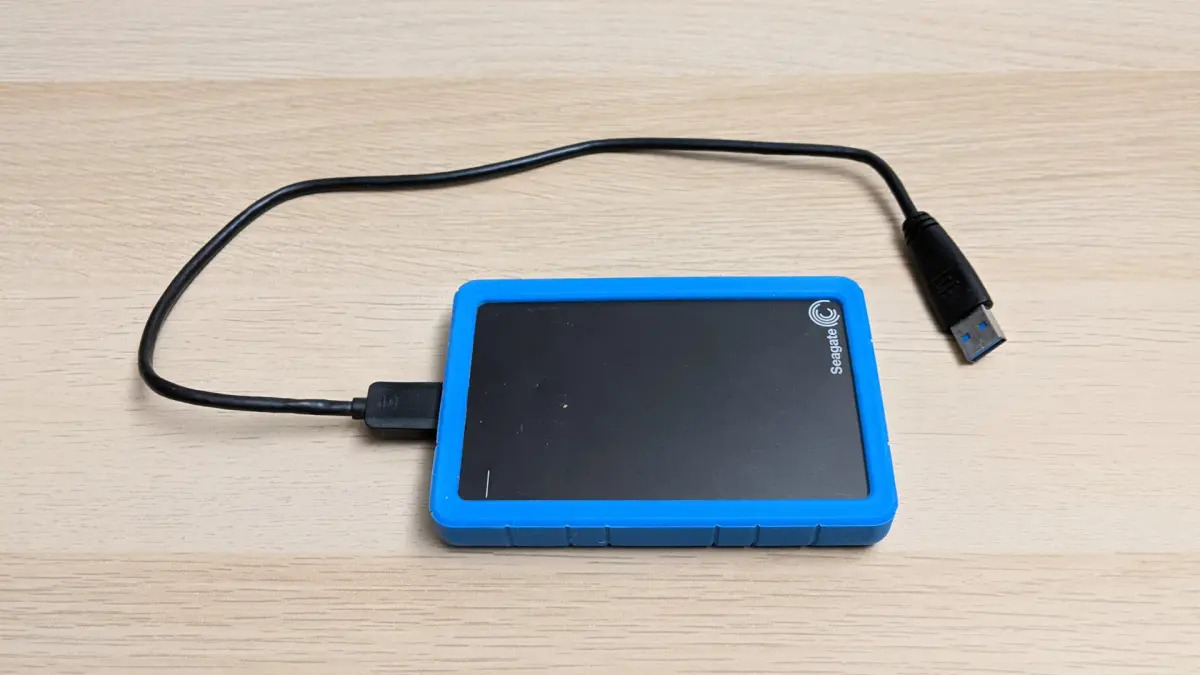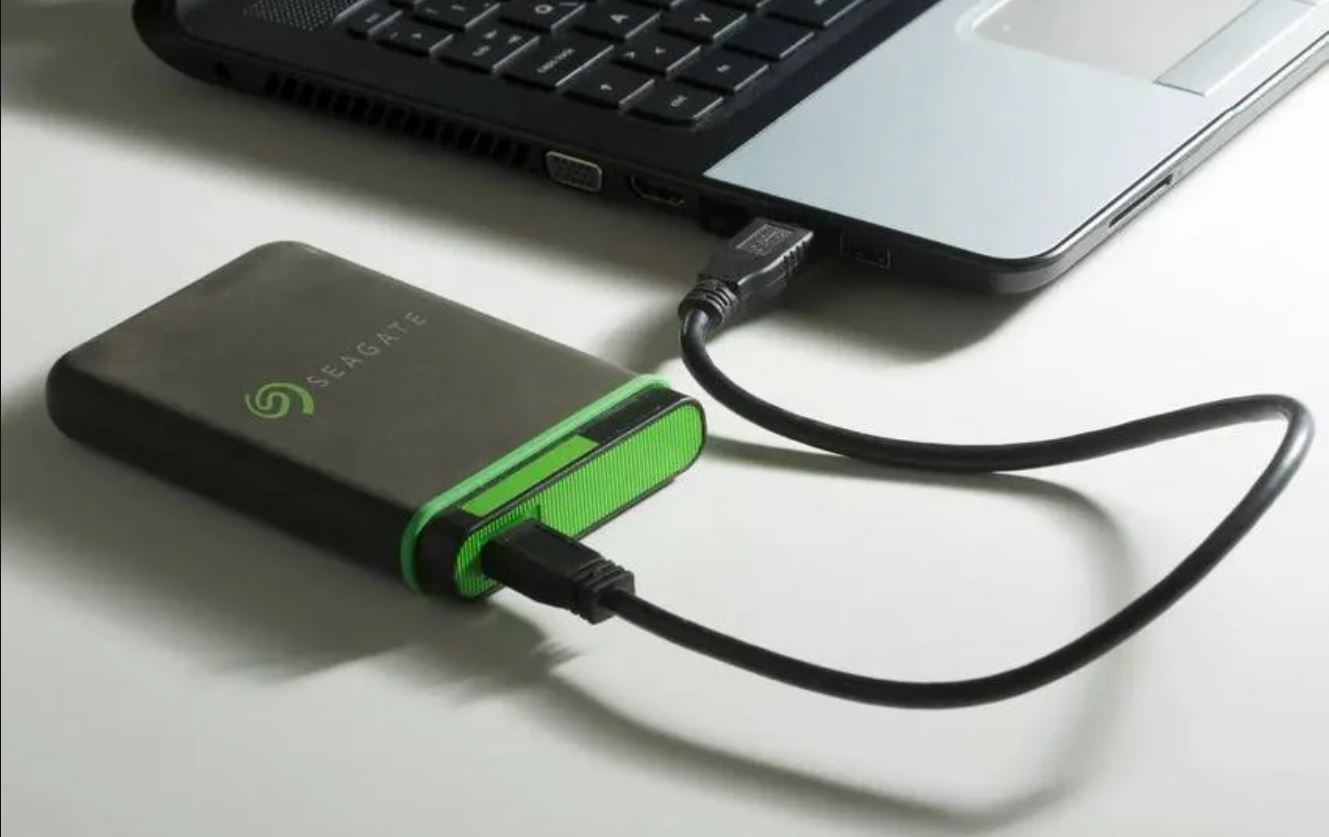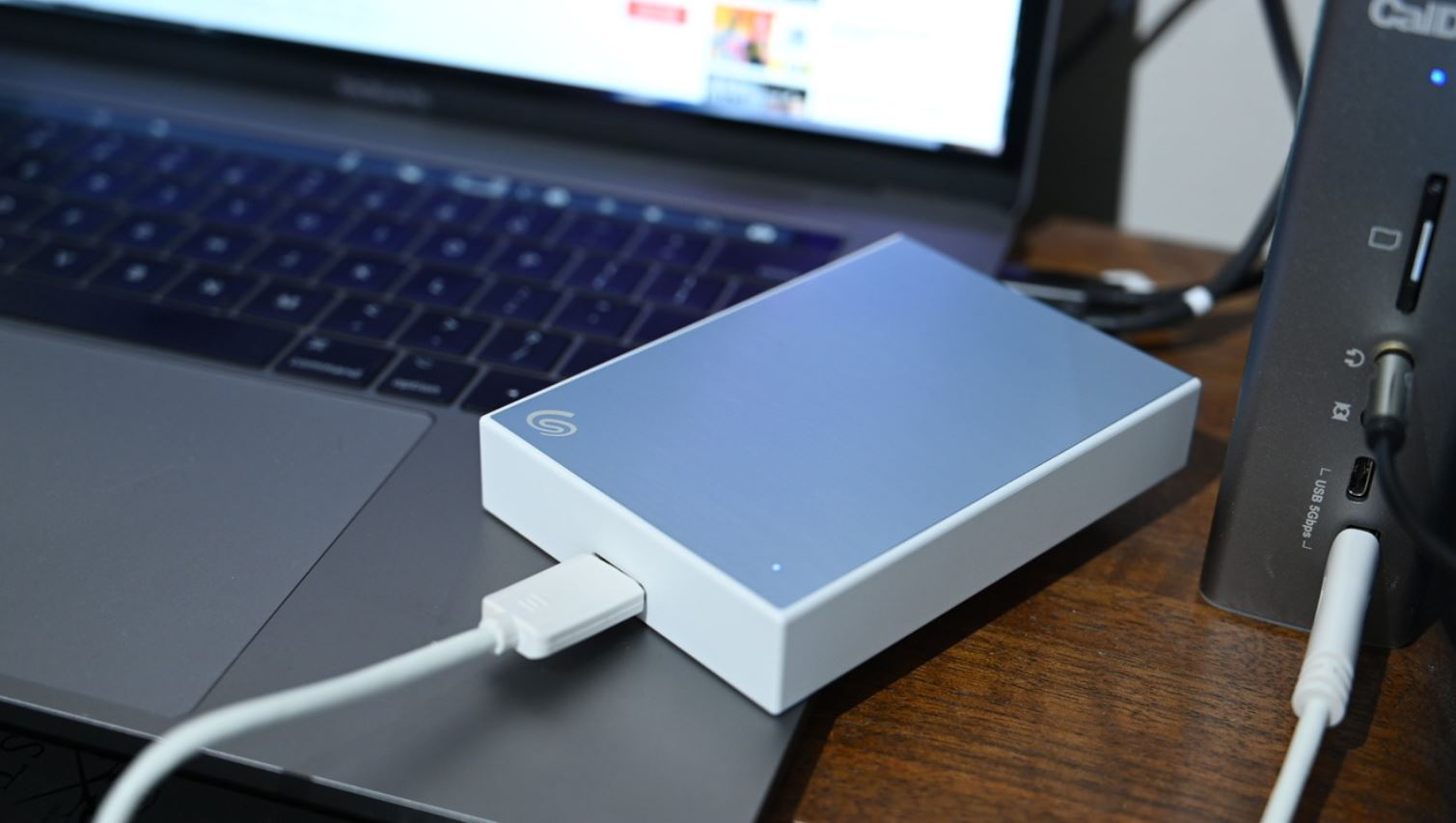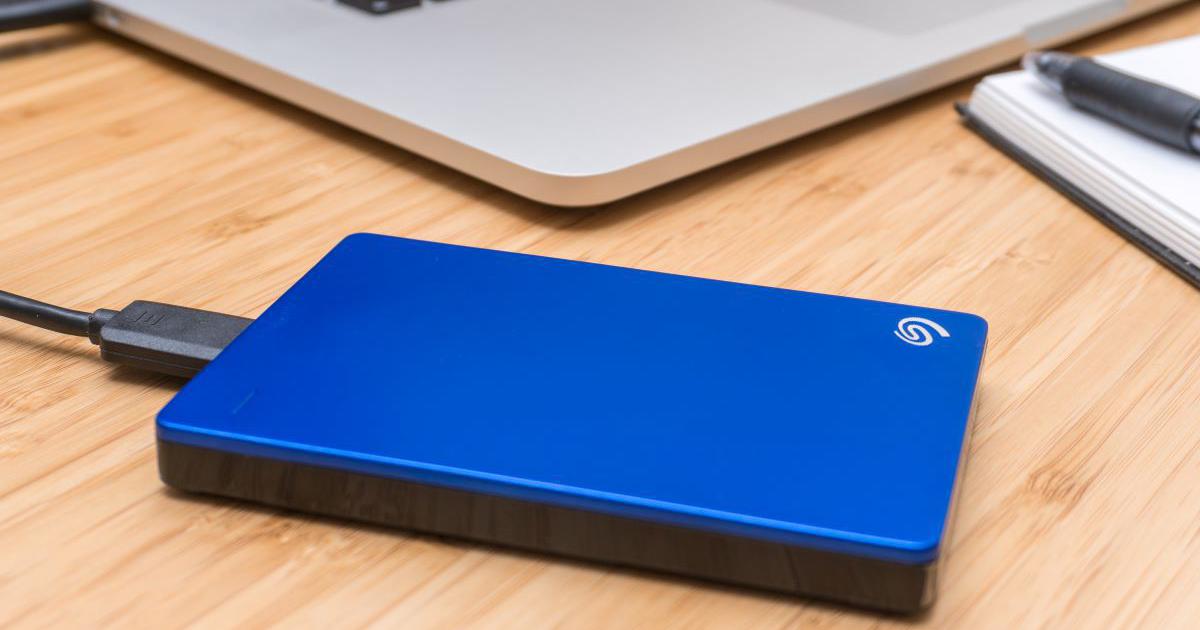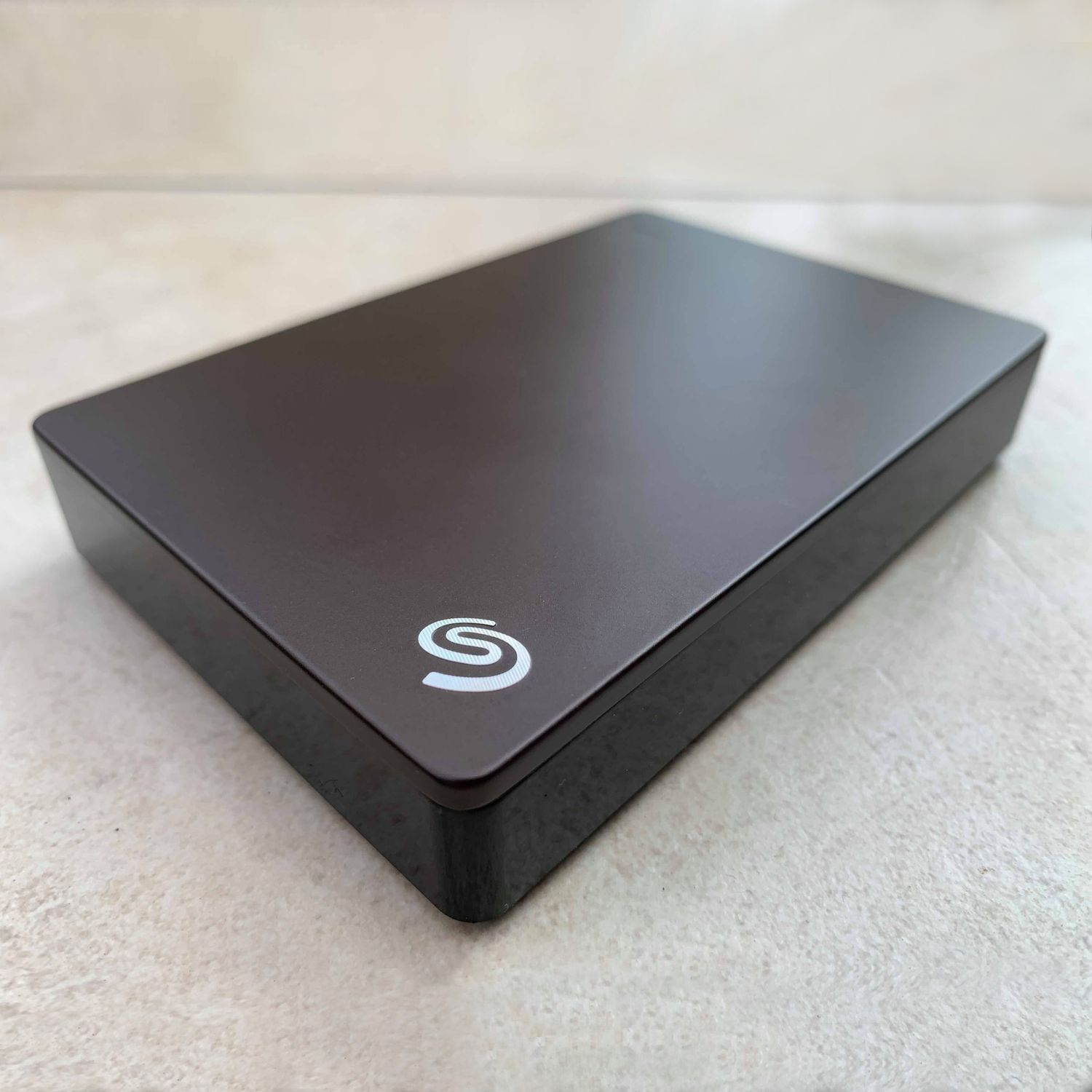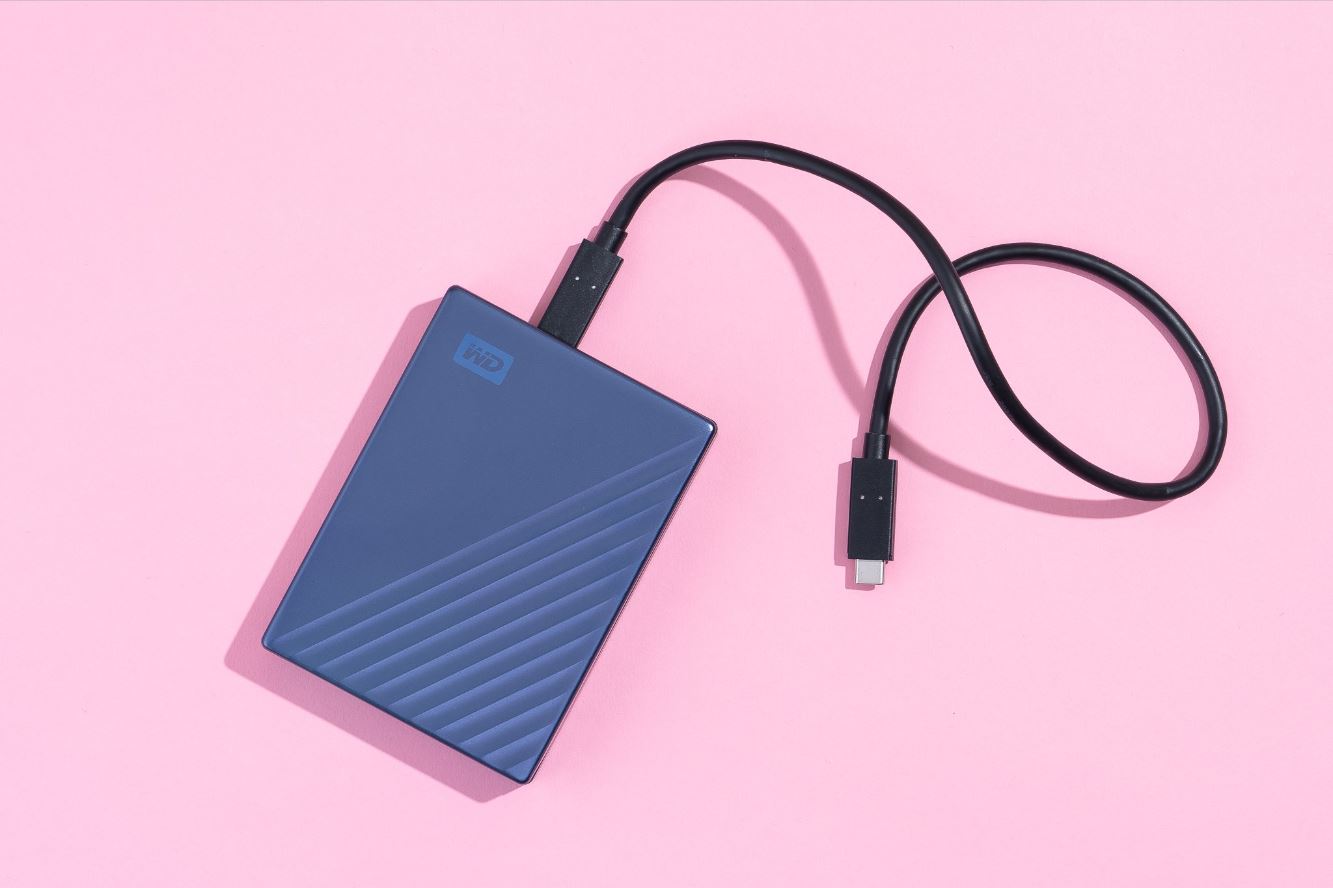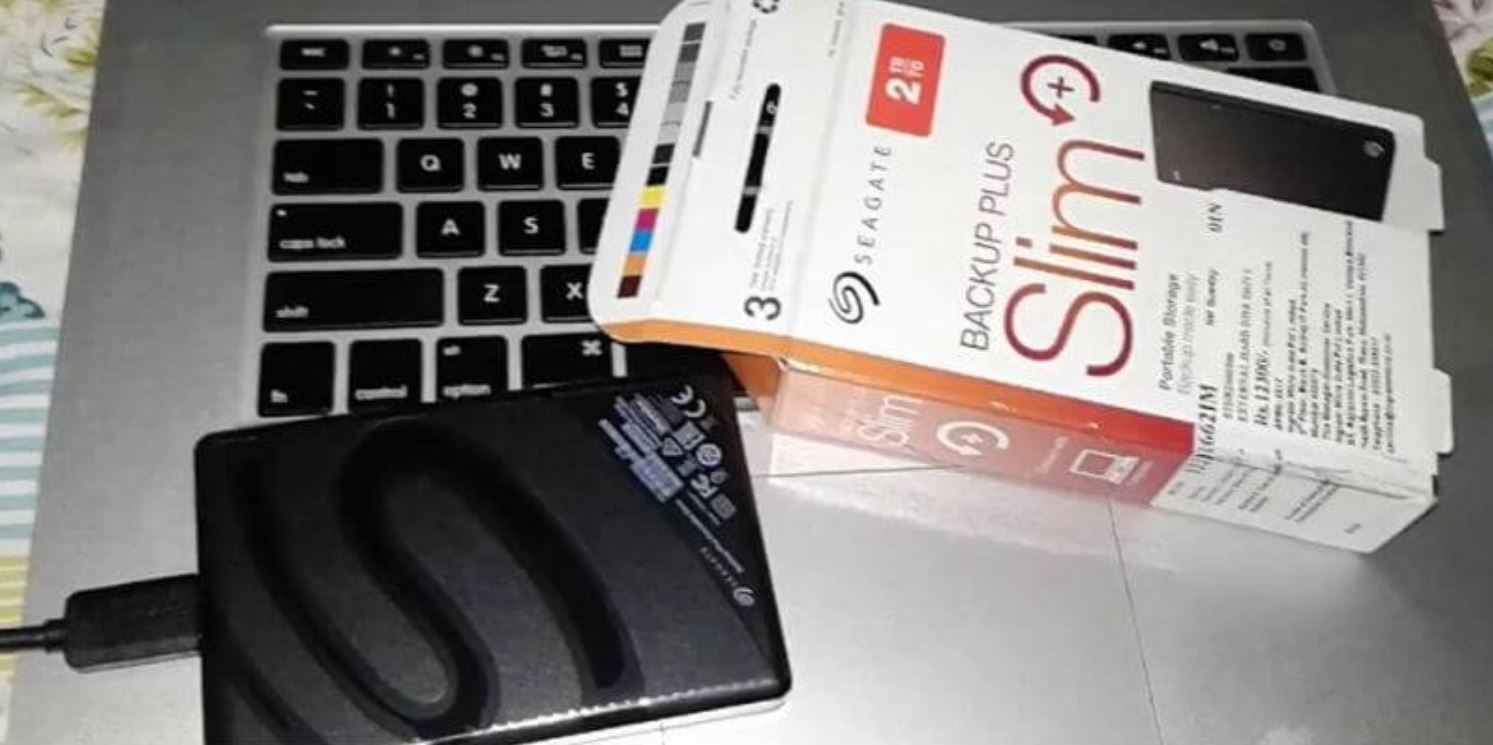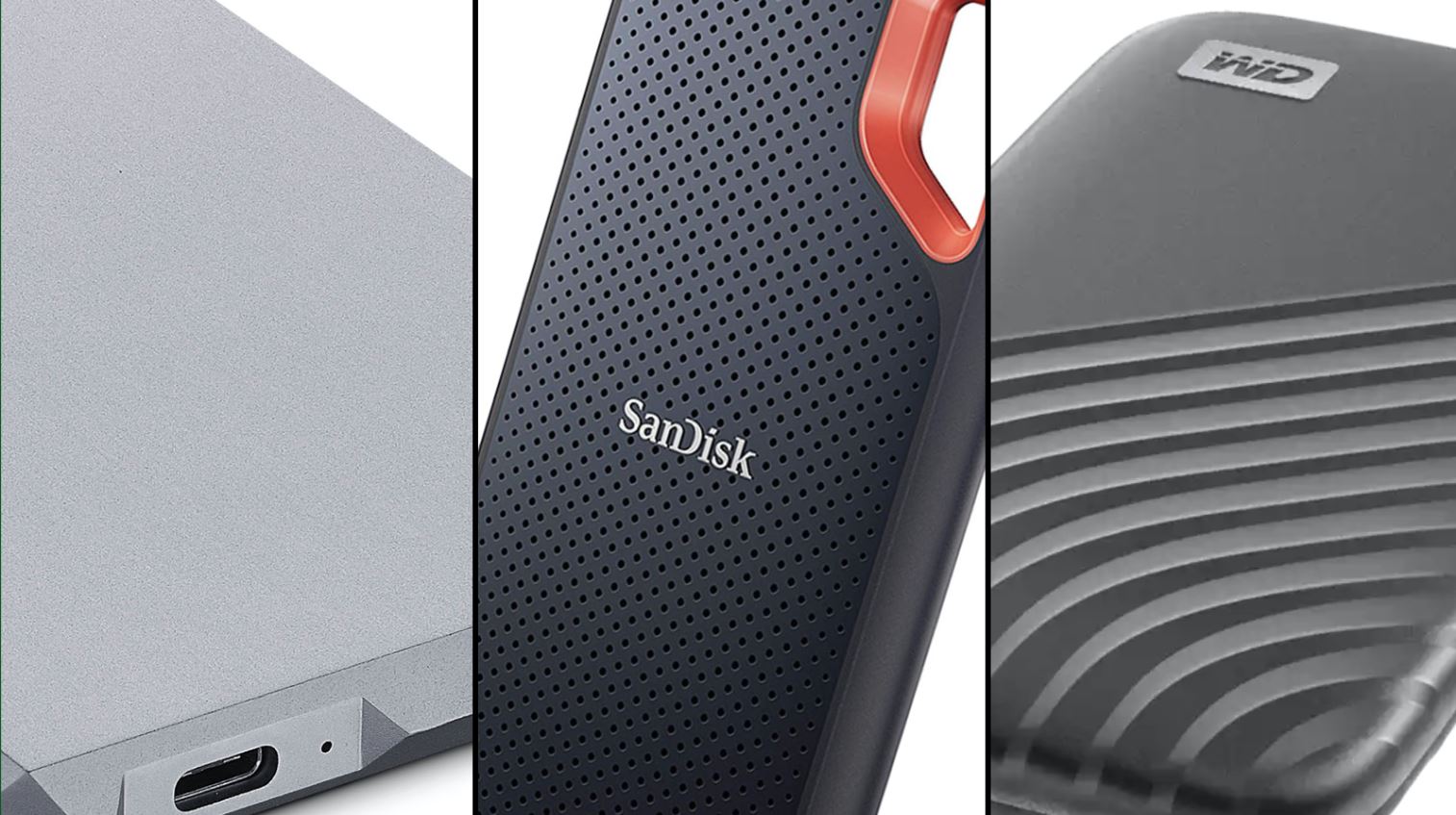Introduction
Backing up your Seagate external hard drive is crucial to ensure the safety and security of your valuable data. With the increasing risk of data loss due to hardware failures, accidental deletion, malware attacks, or even theft, having a comprehensive backup strategy in place is essential.
In this article, we will explore the various methods available for backing up your Seagate external hard drive. Whether you prefer using the built-in software that comes with the drive or opt for third-party solutions, we will guide you through the process step by step.
By making regular backups of your Seagate external hard drive, you can rest easy knowing that your important files, documents, photos, and videos are protected from potential disasters.
Keep in mind that the backup methods discussed in this article are applicable specifically to Seagate external hard drives. However, the general principles can be applied to other external hard drive brands as well.
Now, let’s dive into the details and discover the best ways to backup your Seagate external hard drive!
Reasons to Backup Seagate External Hard Drive
Backing up your Seagate external hard drive is not just a precautionary measure, but a necessity in today’s digital world. Here are some compelling reasons why you should prioritize backing up your Seagate external hard drive:
- Data Loss Prevention: Hardware failures, accidental deletions, and malware attacks can result in the permanent loss of your data. By creating regular backups of your Seagate external hard drive, you can mitigate the risk of losing important files and sensitive information.
- Protection Against Accidents: Accidents can happen anytime. Whether it’s a spilled cup of coffee or a power surge, unforeseen events can cause irreparable damage to your Seagate external hard drive. Having a backup ensures that your data remains intact, even in the event of physical damage to the original drive.
- Easy Recovery from File Corruption: Files can become corrupted due to various reasons, such as software glitches or power outages. With a backup, you can easily restore previous versions of your files and recover lost or corrupted data quickly and efficiently.
- Securing Against Ransomware: Ransomware attacks have become increasingly prevalent, posing a serious threat to your data. With a backup, you have the option to restore your files without having to pay a ransom, effectively thwarting the efforts of cybercriminals.
- Peace of Mind: Knowing that your valuable data is backed up provides peace of mind. Whether it’s sentimental photos, important work documents, or personal projects, having a backup ensures that your digital memories and assets are safe.
These reasons highlight the importance of backing up your Seagate external hard drive. The potential loss of data can have devastating consequences, so it’s always better to be prepared.
How to Backup Seagate External Hard Drive Using Built-in Software
Seagate provides built-in software that makes it easy to backup your external hard drive. Here’s a step-by-step guide on how to use the built-in software to backup your Seagate external hard drive:
- Connect Your Seagate External Hard Drive: Plug in your Seagate external hard drive to your computer using the provided USB cable.
- Install Seagate Dashboard Software: Visit the Seagate website and download the Seagate Dashboard software. Follow the on-screen instructions to install it on your computer.
- Launch the Seagate Dashboard: Once installed, launch the Seagate Dashboard software.
- Select Backup: In the Seagate Dashboard, click on the “Backup” option.
- Choose Backup Source: Select your Seagate external hard drive as the backup source. You can also choose specific folders or files to backup.
- Select Backup Destination: Choose the destination where you want to store your backup. It can be another external hard drive, a network location, or cloud storage.
- Customize Backup Settings (optional): The Seagate Dashboard allows you to customize various backup settings, such as the backup schedule, file versioning, and encryption options. Adjust these settings according to your preferences.
- Start the Backup: Click on the “Start Backup” button to initiate the backup process. Depending on the size of your data, it may take some time to complete the backup.
- Verify the Backup: After the backup is finished, navigate to the backup destination and verify that your files have been successfully backed up.
By utilizing the built-in Seagate Dashboard software, you can easily create regular backups of your Seagate external hard drive without the need for additional third-party tools.
Remember to periodically update and test your backups to ensure their reliability. Additionally, consider storing your backups in multiple locations for added security.
How to Backup Seagate External Hard Drive Using Third-Party Software
While Seagate provides built-in software for backing up your external hard drive, you may also choose to use third-party software that offers additional features and flexibility. Here’s a step-by-step guide on how to backup your Seagate external hard drive using third-party software:
- Research and Choose Third-Party Software: Explore different backup software options available in the market, considering features such as backup methods, scheduling, encryption, and ease of use. Popular third-party backup software includes Acronis True Image, EaseUS Todo Backup, and Macrium Reflect.
- Download and Install the Chosen Software: Visit the official website of the selected software and download the installer. Follow the on-screen instructions to install the software on your computer.
- Launch the Third-Party Software: Once installed, launch the third-party backup software.
- Select Backup Source: In the software interface, choose your Seagate external hard drive as the backup source. You can also select specific folders or files to backup.
- Choose Backup Destination: Select the destination where you want to save your backup. This can be another external hard drive, a network location, or cloud storage. Make sure the destination location has enough space to accommodate your backup.
- Set Backup Preferences: Customize your backup settings according to your needs. This may include options such as backup schedule, compression, encryption, and incremental backups.
- Start the Backup Process: Click on the “Start Backup” or “Backup Now” button to initiate the backup process. The software will begin copying your selected data from the Seagate external hard drive to the designated backup destination.
- Monitor the Backup Progress: Keep an eye on the backup progress and ensure that it completes successfully. Depending on the size of your data, backup times can vary.
- Verify the Backup: Once the backup process is finished, verify that your files have been successfully backed up by checking the backup destination.
Using third-party software for backing up your Seagate external hard drive gives you more control over the backup process and allows you to tailor the settings to your specific requirements. It’s essential to choose reputable and trusted software to ensure the security and reliability of your backups.
Remember to regularly update and test your backups to ensure their integrity and functionality. Additionally, follow best practices such as creating multiple backup copies and storing them in different locations for added protection against data loss.
Tips for Efficiently Backing Up Seagate External Hard Drive
Backing up your Seagate external hard drive is an important task, and following these tips will help you do it efficiently and effectively:
- Create a Backup Schedule: Establish a regular backup schedule to ensure that your data is consistently protected. You can choose to back up daily, weekly, or monthly, depending on the frequency at which your data changes.
- Utilize Incremental Backups: Consider using incremental backups instead of full backups every time. Incremental backups only capture changes made since the last backup, resulting in faster backup times and reduced storage space requirements.
- Secure Your Backups: If you’re storing your backups on an external hard drive, consider encrypting them to protect your sensitive information. Use strong passwords and encryption tools provided by the backup software.
- Test and Verify Backups: Regularly test and verify your backups to ensure that the files can be successfully restored. This will help you identify any issues or corrupted backups early on, allowing you to take corrective measures.
- Store Backups Off-Site: Consider keeping at least one backup copy off-site to protect against physical damage or theft. Cloud storage services offer a convenient and secure option for remote backups.
- Use Redundant Backup Storage: Consider having multiple backup copies stored in different locations to further safeguard your data. This helps protect against hardware failures, natural disasters, or other unpredictable events.
- Monitor Storage Capacity: Regularly check the storage capacity of your backup destination to ensure it has enough space for future backups. Delete old or unnecessary backups to free up storage space when needed.
- Automate the Backup Process: Take advantage of automation features provided by the backup software to streamline the backup process. This eliminates the risk of forgetting to manually initiate backups.
- Maintain a Clean and Organized Drive: Keep your Seagate external hard drive organized by regularly decluttering and organizing files. This makes the backup process more efficient and ensures that only important data is backed up.
- Keep Backup Software Updated: Stay up to date with the latest version of your chosen backup software. Regular updates often include bug fixes, new features, and improved compatibility.
By implementing these tips, you can ensure that your backups are performed efficiently and your data is well-protected. Remember, having a solid backup strategy is essential for safeguarding your important files and minimizing the risk of data loss.
Conclusion
Backing up your Seagate external hard drive is a critical task to protect your valuable data from loss or damage. Whether you choose to use the built-in software provided by Seagate or opt for third-party solutions, creating regular backups ensures that your files and information are safeguarded.
By following the step-by-step guides outlined in this article, you can easily backup your Seagate external hard drive using the built-in software or third-party applications. Remember to prioritize data loss prevention, protect against accidents, and ensure easy recovery from file corruption by implementing a comprehensive backup strategy.
Utilize the tips provided to efficiently backup your Seagate external hard drive, including creating backup schedules, using incremental backups, securing your backups, and storing backups off-site. Regularly monitor and verify your backups, and keep your software and storage options up to date.
Remember, when it comes to backups, being proactive is key. Don’t wait for a data loss disaster to strike before taking action. Take the time to set up your backup system and make it a regular part of your digital routine.
By understanding the importance of backing up your Seagate external hard drive and implementing the strategies mentioned in this article, you can ensure the safety and security of your valuable data. So, start backing up your Seagate external hard drive today and enjoy the peace of mind that comes with knowing your files are protected.







